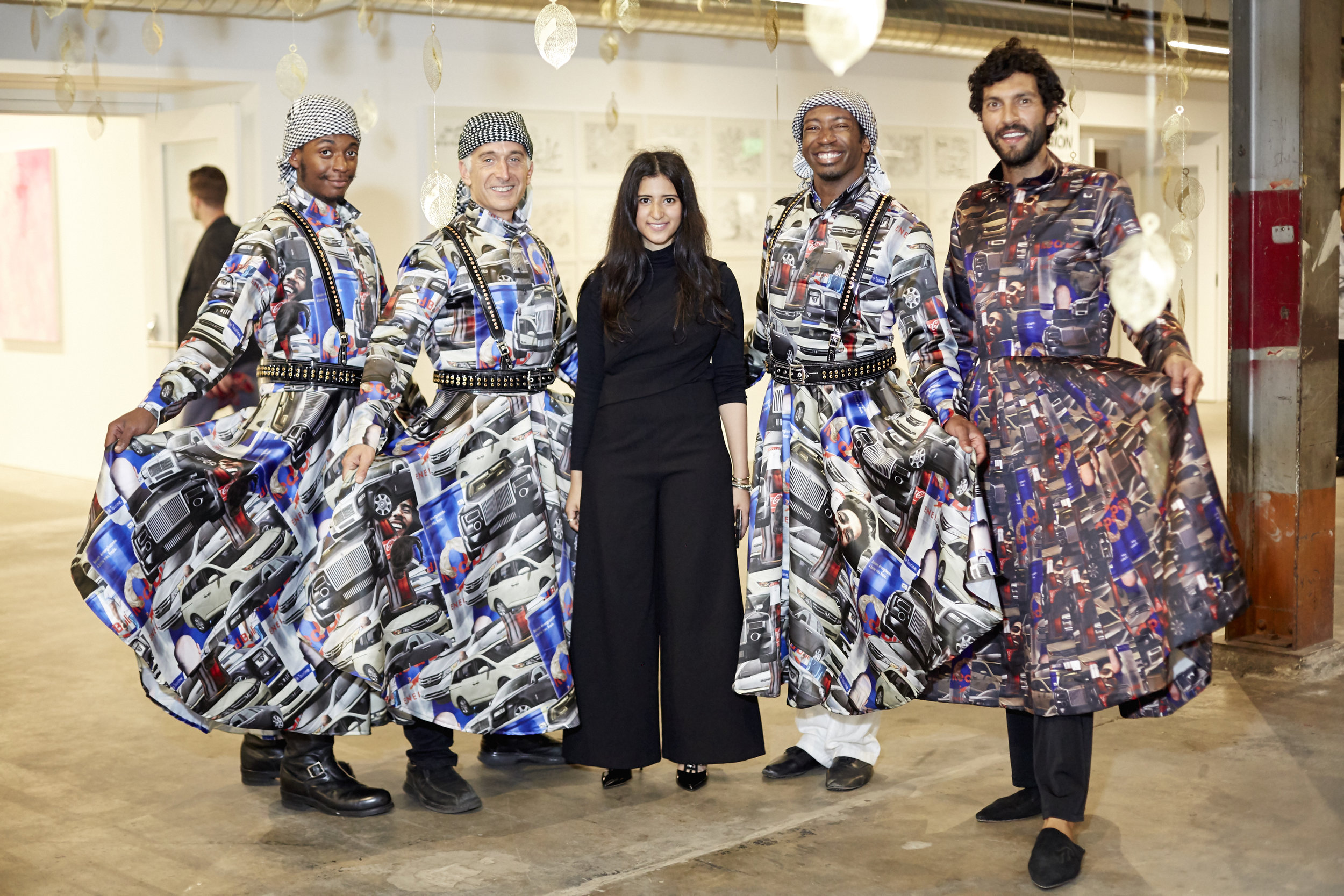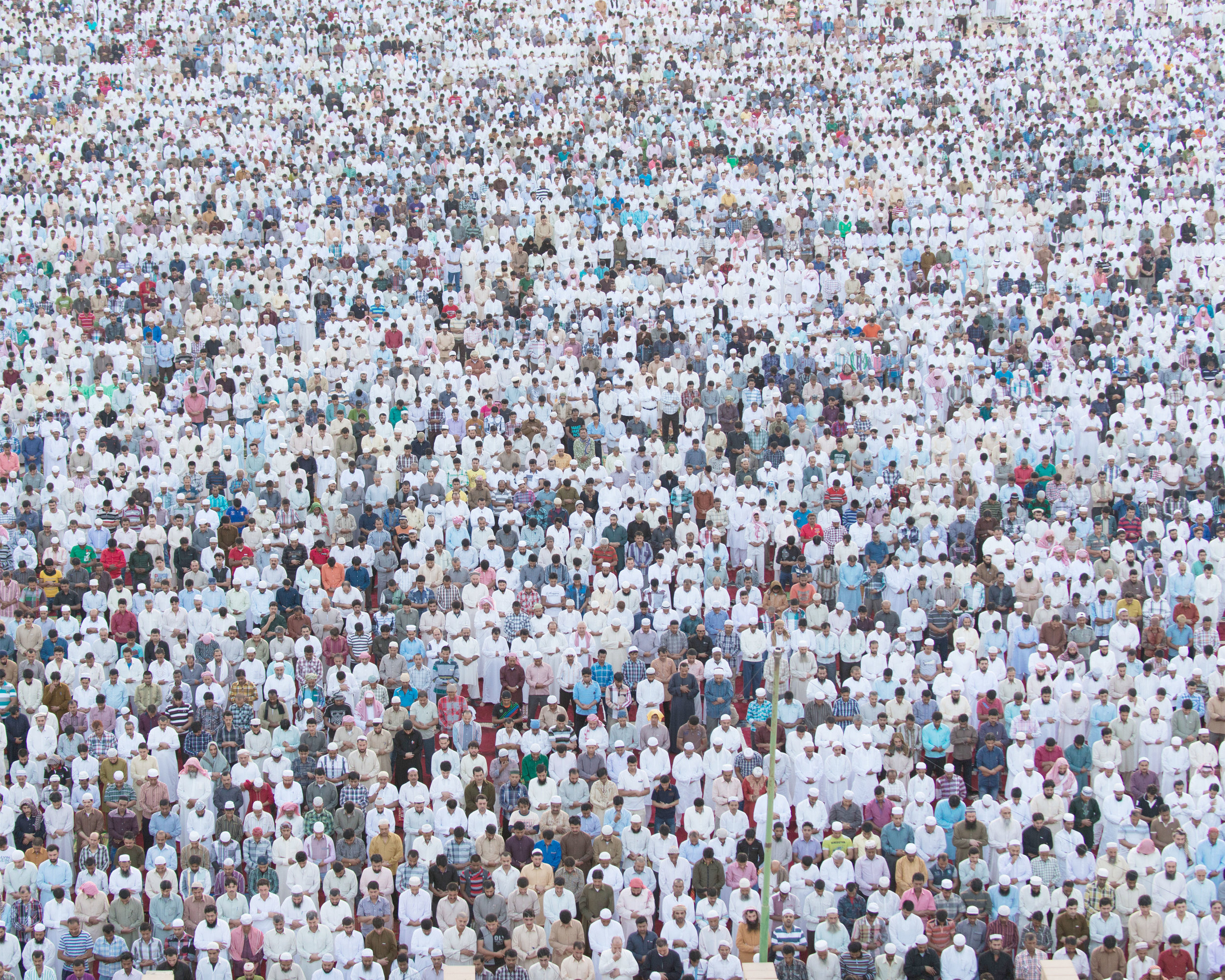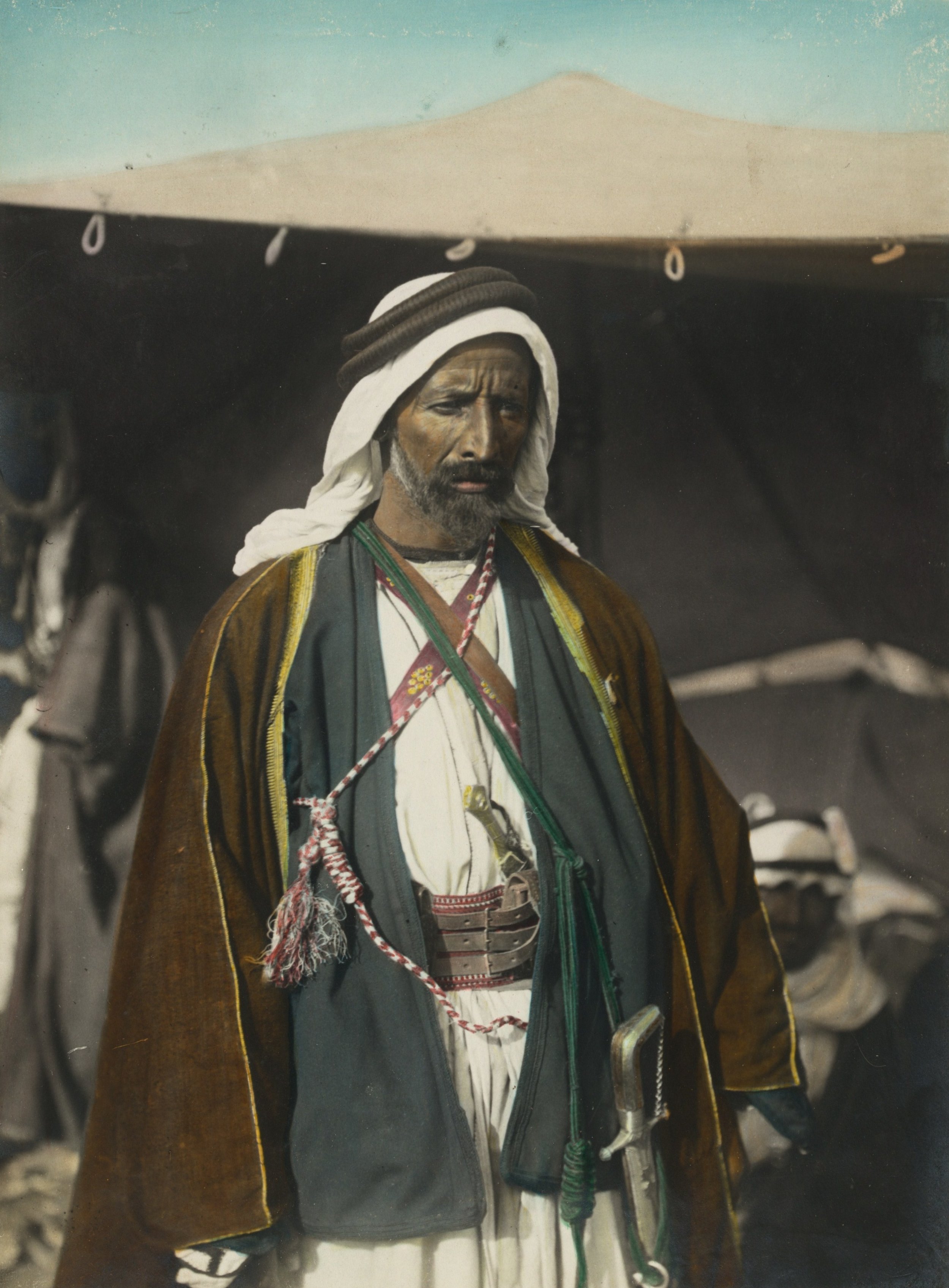Minnesota Street Project, San Francisco, CA
This article was originally published in Harper's Bazaar Art Arabia
Ajlan Gharem, Paradise Has Many Gates, 2015
For the first time on the US West Coast, the San Francisco community welcomed GENERA#ION, an exhibition of contemporary art from Saudi Arabia this August. Spearheaded by the King Abdulaziz Center for World Culture and in partnership with Culturunners and Gharem Studio, the exhibition was part of a multi-city tour trekking across interstate highway systems ranging from Houston, Texas to Aspen, Colorado. During the US Presidential election year, GENERA#ION came at a perfect moment to narrate an honest story told by the center of the Islamic world.
Escaping the doldrums of the New York summer heat, I invited myself to San Francisco, interviewing these Saudi artists as a chance to uncover the hidden mystique behind a city that has come to be known as the 'City of Rebels' for its literary and artistic movements. Tapping into a hot spot for technological innovation, I witnessed a new bridge connecting the ports of Riyadh to the San Francisco Bay Area. The 15 participating artists in this show represented a generation of Saudi artists who are using the Internet to collaborate amongst themselves as a way to reach the global community. They are working seamlessly across disciplines and borders, redefining art practices against a backdrop of constant change.
Abdulnasser Gharem, founder of Gharem Studio and a driving force behind the tour, comments, “The artists in this show present a new intellectual paradigm that utilizes unique concepts and terminology to define
the artists’ role within their society and their generation. Rather than analyzing art and society separately, the artists confront art as a reflection of society, positioning themselves as its mirrors.”
Just as Saudi is undergoing rapid transitions in both their urban and social landscape, San Francisco is combatting their own technological developments through creative, sustainable projects. Located in a city where skyrocketing rents are forcing artists to relocate, GENERA#ION's space at Minnesota Street Projects proposes an alternative approach to innovation, offering affordable gallery spaces and studios as a chance to rekindle community appreciation for the arts.
Illuminating the main atrium, Manal AlDowayan's Tree of Guardians (2014) installation became the center point for weaving narratives of shared histories and remembrance. Traveling throughout Saudi Arabia, she interviewed over 400 women and then asked them to construct family trees by recalling the names of only women in their families. Comprised of over 2000 brass leaves with the written names of their female relatives dating back to nine generations alongside their family tree drawings, Tree of Guardians (2014) became a participatory project not only for the women interviewed, but also for viewers as they considered their own family histories.
Part of a generation that relates to the mass circulation of images, whether through consumer products or digital news feeds, artists continue to visually document their histories through pop-cultural icons. Shaweesh and Ahaad Alamoudi are part of the youth who are exchanging their memories and images on a global network, framing both works around orientalist discussions about the historical and represented image of Lawrence of Arabia.
Shaweesh's Vader and Delegation (2013) features an old found newspaper with an article of King Faisal and his delegates, one of which includes T.E Lawrence "of Arabia" at a Paris Peace Conference in 1919. Countering the orientalist accounts of Lawrence through his Arabian mystical adventures, Shaweesh showcases the colonel's darker, relatively unknown side to Western audiences.
Just as Shaweesh pivots his images as a way to enlighten his Western audiences, Ahaad uses the image of Auda, a leader of one of the Arabian tribes in her work v=noyFiYKlFJU (2016) as a way to memorialize the Bedouin Arab and point towards future development within the region. Using the representation of Auda from the 1962 Lawrence of Arabia film, she then lays it on a thin acrylic shelf surrounded by 5 three dimensional digital recreations of Arabic dessert dates. Romanticized the past, through their personal childhood memories ranging from superheroes to legendary film characters, both are graphically designing a new path merging the virtual with reality.
Providing a powerful overview into the diversity of the Islamic world, Rashed Al Shashai's Delicious (2015) became a constellation connecting artworks and viewers, as it merged past traditions within abstracted forms. Shashai's work is constructed out of three large Persian rugs cut up and rolled into a form resembling a delectable Swiss Roll. Enlightening the room through humor while also withstanding centuries of gathering families together throughout the middle eastern world, the rug allowed viewers to dissect an open ended conversation of the many hidden socio-political layers of the region that many outsiders do not see.
Non-Muslims and Muslims alike are creating a conversation within a space that acknowledges different routes of attaining similar goals for innovation. As they participate in a discussion with the global community, these young Muslim artists are also developing a contemporary approach to their Islamic heritage by fusing individual expression with collaborative spaces.
GENERA#ION ran from 12 August – 8 September at Minnesota Street Project in the Dogpatch District of San Francisco.







